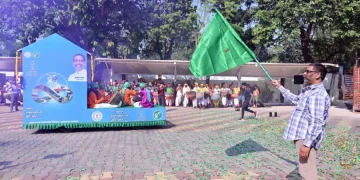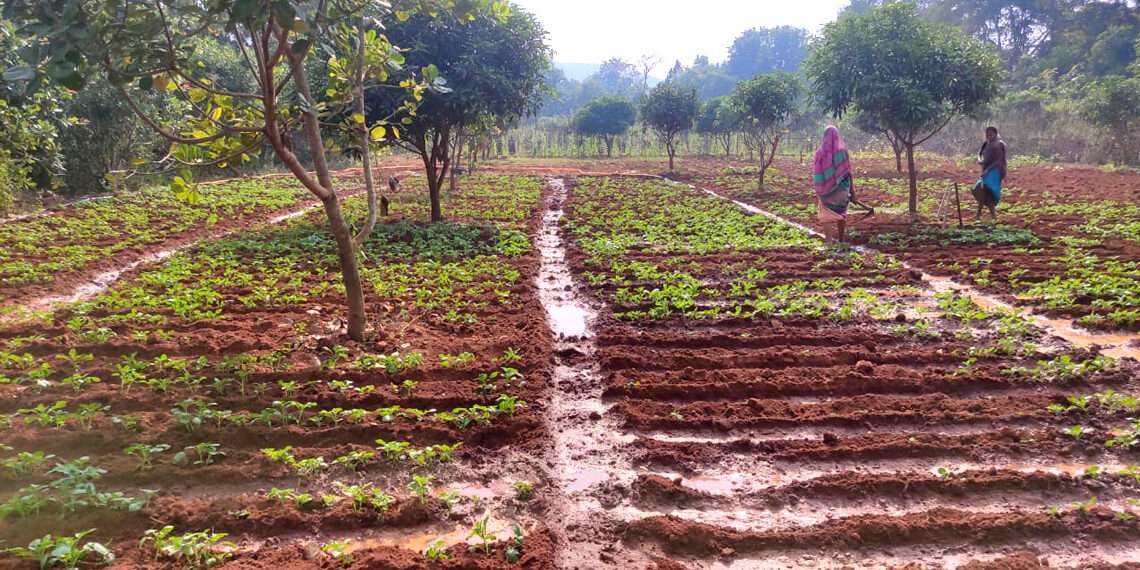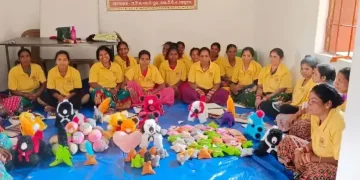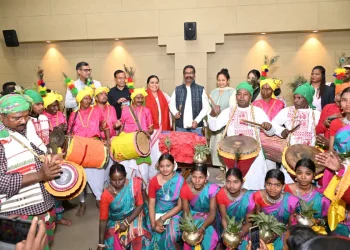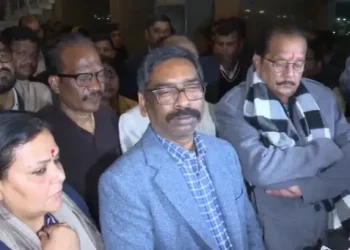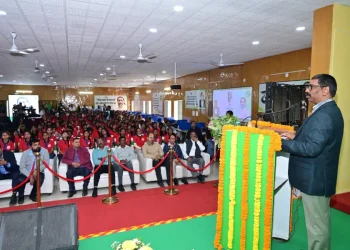Sahala village in Dhenkanal, Odisha, could be an advertisement for water preservation and ecological balance.
The Bhumija tribals here took their cue from Foundation for Ecological Security (FES) to transform this arid, barren land to green fields with abundant water.
This Bhubaneswar-based NGO works towards conserving ecosystems through village institutions efforts. It has a current outreach to 5,900 village institutions in 31 districts across eight states.
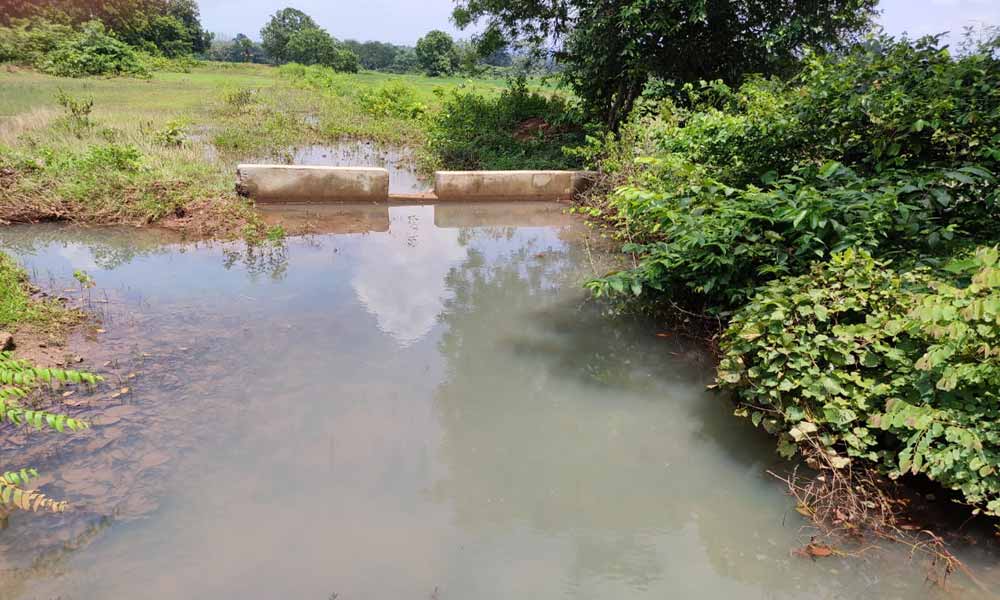
Barren plots turned fertile after all open wells were renovated and embankments made of boulders were erected on the periphery of nearby forests to check soil erosion and raise groundwater levels
In 2014-15, FES came up with a watershed programme for Sahala to check soil erosion and conserve water. It had assistance of about Rs 45 lakh from the National Bank for Agriculture and Rural Development (NABARD) for this.
FES organised the villagers to form a Water Development Committee (WDC) comprising 15 members to chalk out plans and monitor implementation. FES team leader Swapna Sarangi explains, “The committee is empowered to withdraw NABARD funds from the bank account opened in its name.”
Soon, five new farm ponds, four percolation tanks, six open wells and a large community pond came up.
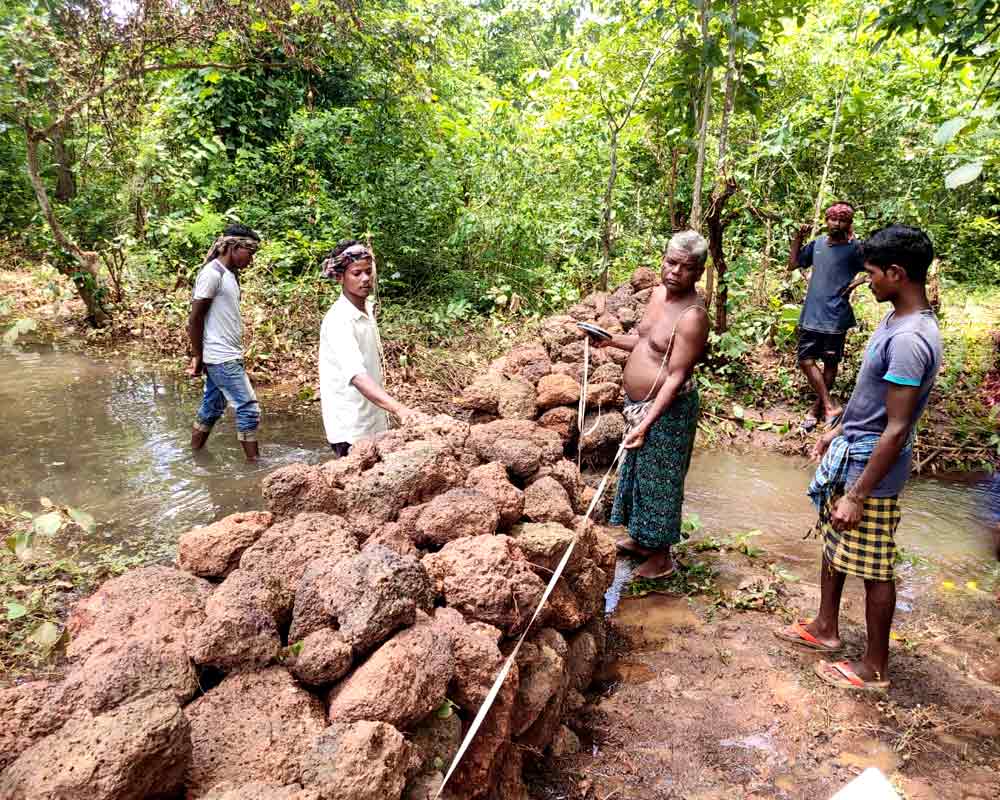
“All open wells were renovated. Embankments made of boulders were erected on the periphery of nearby forests to check soil erosion and raise groundwater levels. As a result, barren plots turned fertile,” says PM Dehury, who is secretary of the WDC.
The project was completed last year.
Various crops now sway on 300 acres, where nearly 150 acres of wasteland lay earlier. The variety of paddy grown has also changed from the 90-day crop to the high-yielding 135-day or 150-day harvests, since water is abundant for the longer duration now.
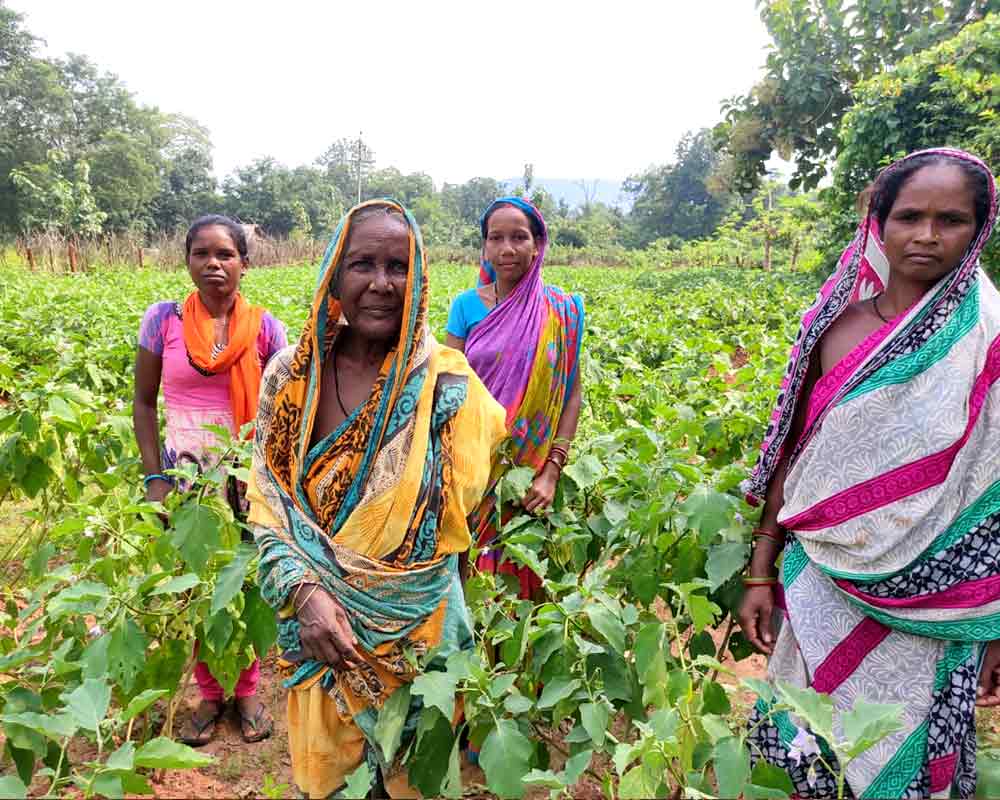
“Productivity of 90-day paddy is minimal,” says Pratibha Mohapatra, who is the FES field coordinator. “Rainwater harvesting with the help of embankments and percolation tanks has played a major role in increasing groundwater level by nearly 1 metre. Land fertility and productivity have increased significantly.”
Farmer Manas Dehury agrees. “I used to sell about 5 quintals of paddy annually five years ago. Now I sell nearly 15 quintals. Besides, I cultivated vegetables only on 2 guntha (approximately 200 sq m). This has now increased to cover 2 acres,” he says with delight.
The economic repercussions of environmental rebalancing are clearly visible on the happy faces of the Bhumija here.








